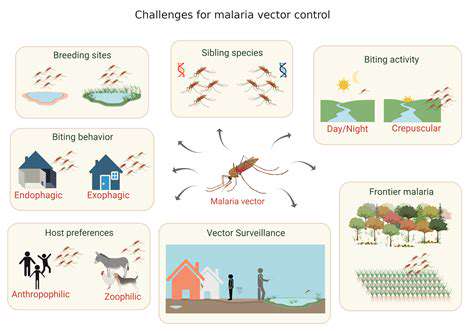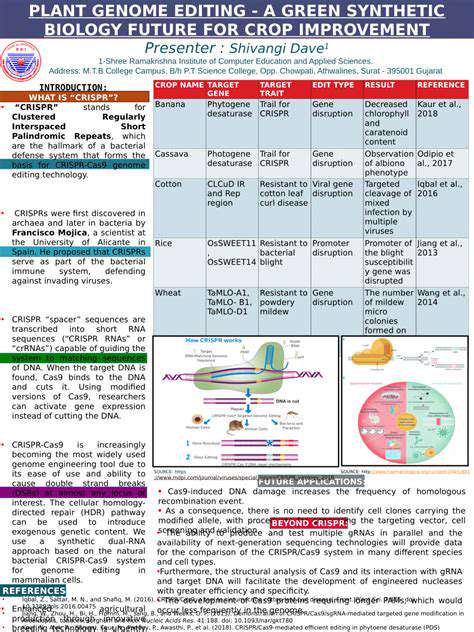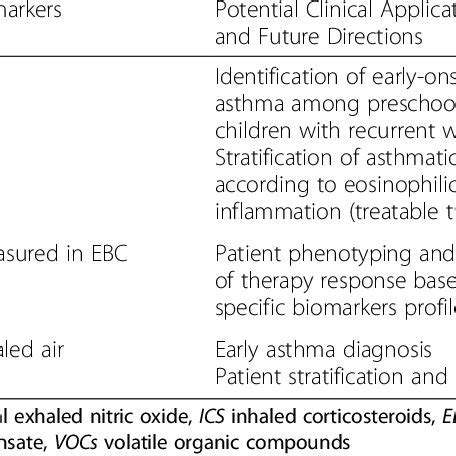In recent years, scientists have developed an innovative approach to genetic modification called gene drives. These systems represent a significant leap forward in our ability to alter the genetic composition of populations. Unlike traditional genetic engineering methods, gene drives utilize natural inheritance patterns to spread desired traits rapidly through entire species.
The fundamental principle behind gene drives involves creating genetic elements that can override normal inheritance patterns, ensuring their preferential transmission to offspring. This breakthrough technology opens new possibilities for addressing some of humanity's most pressing challenges, from improving agricultural productivity to combating deadly diseases.
How Gene Drives Function
The operational mechanism of gene drives centers on modifying specific genes to increase their likelihood of being inherited. Scientists achieve this through various biological techniques, including the engineering of genes that can influence the expression of other genes or enhance their own replication within a population.
What makes this approach revolutionary is its ability to achieve inheritance rates exceeding the standard 50% seen in conventional genetic inheritance, potentially altering entire populations within just a few generations. This represents a dramatic departure from traditional genetic modification methods that require repeated interventions.
Agricultural Applications
The agricultural sector stands to benefit significantly from gene drive technology. Researchers are exploring how these systems could create crops with built-in resistance to destructive pests, potentially boosting yields while reducing reliance on chemical pesticides. Such advancements could transform global food production systems.
Beyond pest resistance, scientists are investigating how gene drives might enhance other valuable crop characteristics, including tolerance to drought conditions and improved nutritional content. These developments could prove crucial in meeting the food demands of an expanding global population while promoting sustainable farming practices.
Public Health Implications
Perhaps the most promising application of gene drives lies in disease control. This technology could revolutionize our fight against malaria by modifying mosquito populations to either resist the parasite or reduce their ability to transmit it to humans. Similar approaches might be applied to other vector-borne diseases that continue to plague tropical regions.
Ethical Dimensions
While the potential benefits are substantial, gene drive technology raises important ethical questions. Concerns include possible unintended ecological consequences and the technology's potential impact on biodiversity. The scientific community recognizes the need for thorough risk assessment before any large-scale implementation.
Equally important are discussions about equitable access to the technology's benefits and safeguards against potential misuse. Developing appropriate governance frameworks will be essential as this technology advances.
Safety Protocols and Oversight
Ensuring the safe development and deployment of gene drives requires rigorous scientific protocols. Researchers emphasize the need for extensive testing and long-term monitoring to identify any unexpected ecological effects. Establishing comprehensive regulatory structures will be critical to balance innovation with responsible stewardship of this powerful technology.
Public engagement must form a cornerstone of these regulatory efforts, ensuring that diverse perspectives inform decisions about gene drive applications. This inclusive approach will help build public trust while addressing legitimate concerns.
Operational Mechanisms and Varieties of Gene Drives
Core Functioning Principles
Gene drives operate by manipulating natural inheritance processes to favor the transmission of specific genetic modifications. These specially designed genetic components utilize advanced molecular tools like the CRISPR-Cas system to target precise DNA sequences. The modified genes then propagate through populations at rates exceeding normal inheritance patterns.
A critical feature of this system is its ability to spread modifications even when only one parent carries the altered gene. This contrasts sharply with conventional breeding approaches that require both parents to possess the desired trait for reliable inheritance.
Classification of Drive Systems
Scientists categorize gene drives based on their underlying biological mechanisms. The CRISPR-based systems currently receive significant attention due to their precision, but alternative approaches using different genetic engineering tools continue to be explored. Each system presents unique advantages depending on the target organism and desired outcome.
Selecting Appropriate Targets
Choosing the right genetic targets represents a crucial step in gene drive development. For disease control applications, researchers typically focus on genes essential for pathogen survival or reproduction. Comprehensive analysis of gene function and potential side effects is necessary to ensure both effectiveness and safety.
The physical characteristics of target genes, including their genomic location and structural features, also influence their suitability for modification. Researchers must carefully evaluate these factors when designing gene drive interventions.
Implementation Strategies
Deploying gene drives requires careful consideration of delivery methods. Options range from direct release of modified organisms to more controlled approaches involving laboratory-based modifications. The chosen method must account for ecological factors and potential risks to non-target species.
Safety Protocols
The development of gene drives necessitates rigorous safety assessments. Potential ecological impacts and unintended consequences demand thorough investigation before any field applications. Scientists emphasize the importance of transparent communication with the public throughout this process.
Societal Considerations
The ethical dimensions of gene drive technology extend beyond scientific concerns to encompass broader societal implications. Decision-making processes should involve diverse stakeholders to ensure responsible development and equitable application of these powerful tools.
Disease Control Potential
Gene drives offer unprecedented opportunities for controlling infectious diseases, particularly those transmitted by insect vectors. The technology's precision could dramatically reduce the global burden of diseases like malaria while minimizing environmental impacts compared to traditional control methods.
Disease Eradication Applications: The Malaria Example

Polio Elimination Efforts
The global campaign against polio demonstrates what coordinated public health initiatives can achieve. Comprehensive vaccination programs have brought this debilitating disease to the brink of eradication. This success story provides valuable lessons for tackling other infectious diseases through sustained, well-organized efforts.
Measles Prevention Strategies
Despite being vaccine-preventable, measles remains a significant health threat in many regions. Effective immunization programs form the cornerstone of prevention efforts, particularly in resource-limited settings. Rapid response systems are equally important for containing outbreaks when they occur.
Malaria Control Approaches
Malaria continues to impose a heavy burden on tropical regions. Current control strategies combine vector control measures with improved diagnostic and treatment options. Community education plays a vital role in prevention efforts, particularly in high-transmission areas.
Tuberculosis Challenges
While treatment options for TB have improved, challenges like drug resistance persist. Addressing the social determinants of tuberculosis remains crucial for achieving lasting control. Continued investment in research and healthcare infrastructure will be essential.
HIV/AIDS Management
The development of antiretroviral therapy has transformed HIV from a fatal diagnosis to a manageable condition. Prevention efforts combining biomedical and behavioral approaches continue to reduce transmission rates. Ongoing research aims to develop more effective treatments and potentially a cure.
Dengue Fever Control
Controlling dengue requires integrated approaches combining vector control with improved clinical management. Vaccine development remains a priority, though complicated by the virus's multiple serotypes. Public education about prevention measures forms an important component of control strategies.
Strengthening Health Systems
Effective disease control depends on robust health infrastructure. Investments in surveillance, diagnostics, and healthcare workforce development are essential for global health security. Addressing health disparities will be crucial for achieving equitable health outcomes worldwide.
Gene Drives: Navigating Future Opportunities and Challenges
Transformative Potential for Public Health
Gene drive technology could revolutionize our approach to disease control. By targeting disease vectors at the genetic level, these systems offer a potentially sustainable solution to persistent public health challenges. The technology's precision could dramatically reduce collateral environmental impacts compared to traditional vector control methods.
Technical Hurdles and Research Priorities
While promising, gene drive development faces significant technical challenges. Ensuring precise targeting and predictable outcomes requires continued research. Scientists are working to improve delivery mechanisms and better understand potential ecological interactions.
Broad Spectrum of Applications
Beyond disease control, gene drives might help manage invasive species or enhance agricultural productivity. These diverse applications highlight the technology's versatility while underscoring the need for careful, case-specific evaluation.
Ethical and Social Considerations
The development of gene drives must include robust ethical frameworks. Public engagement and transparent decision-making processes will be essential for building trust and ensuring responsible use of this powerful technology.
Regulatory Needs
Effective governance structures must evolve alongside the technology. International cooperation will be particularly important given the potential for cross-border ecological impacts. Regulatory frameworks should balance innovation with precautionary principles.
Risk Management Strategies
Comprehensive risk assessment protocols must accompany gene drive development. These should evaluate potential ecological impacts and include contingency plans. Long-term monitoring strategies will be essential for detecting any unintended consequences.
Sustainable Implementation
Ensuring the responsible use of gene drives requires ongoing evaluation. Adaptive management approaches that incorporate new scientific findings will help maximize benefits while minimizing risks. Continued research and monitoring will be crucial as applications expand.




